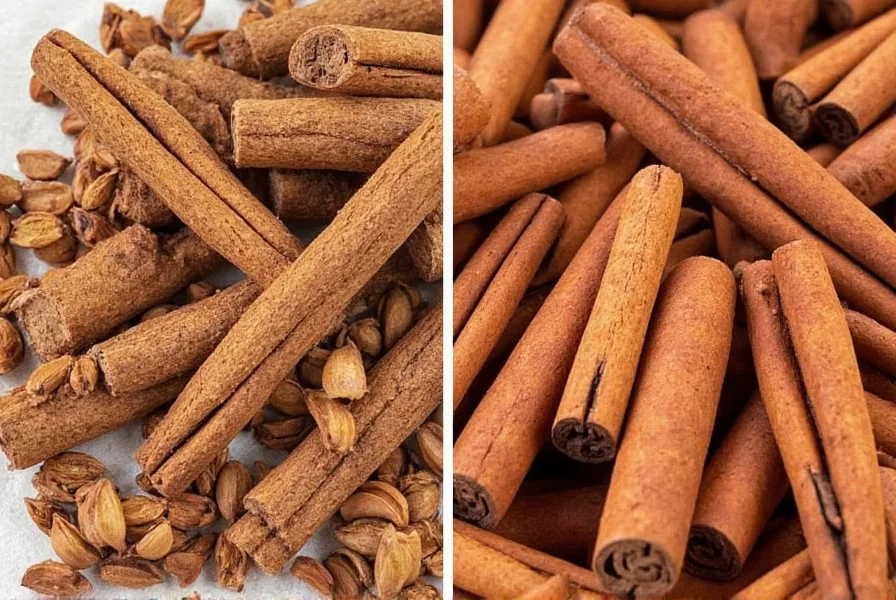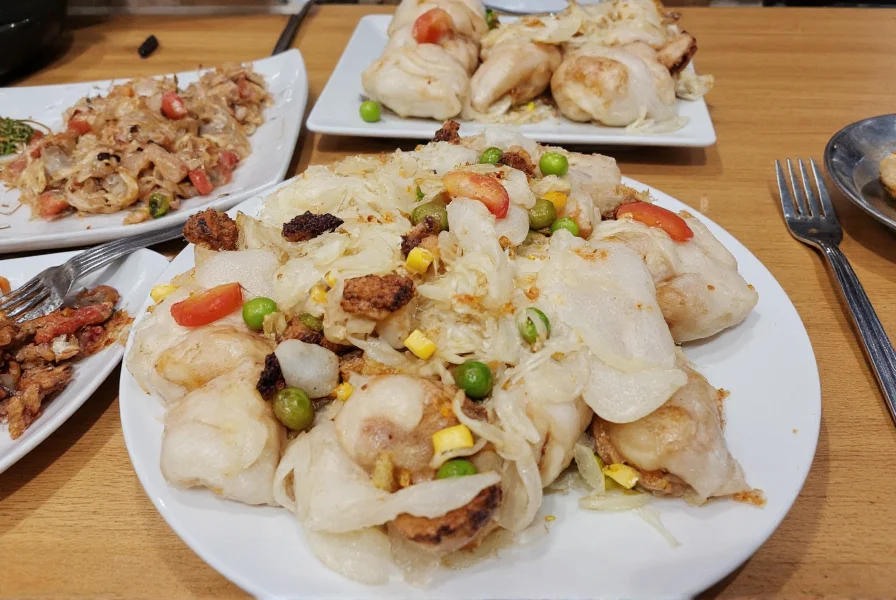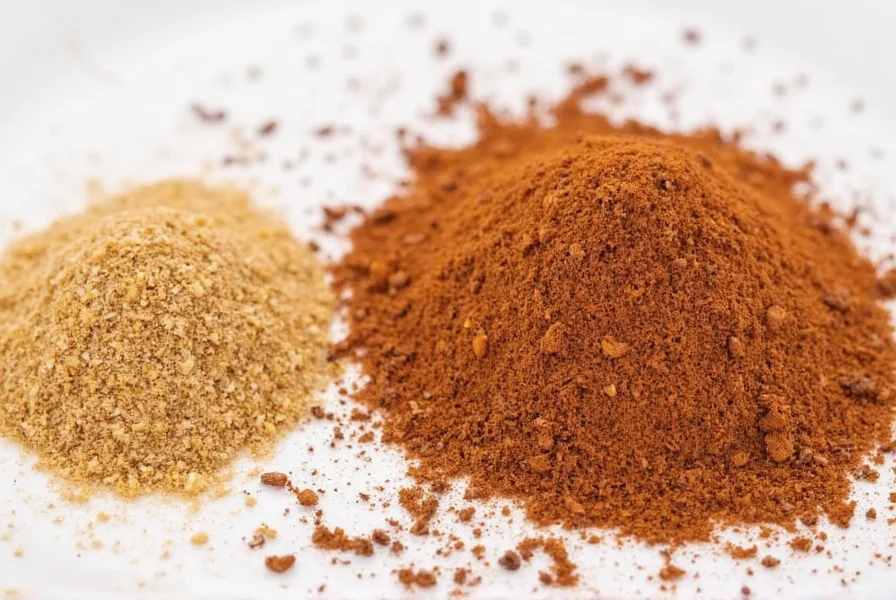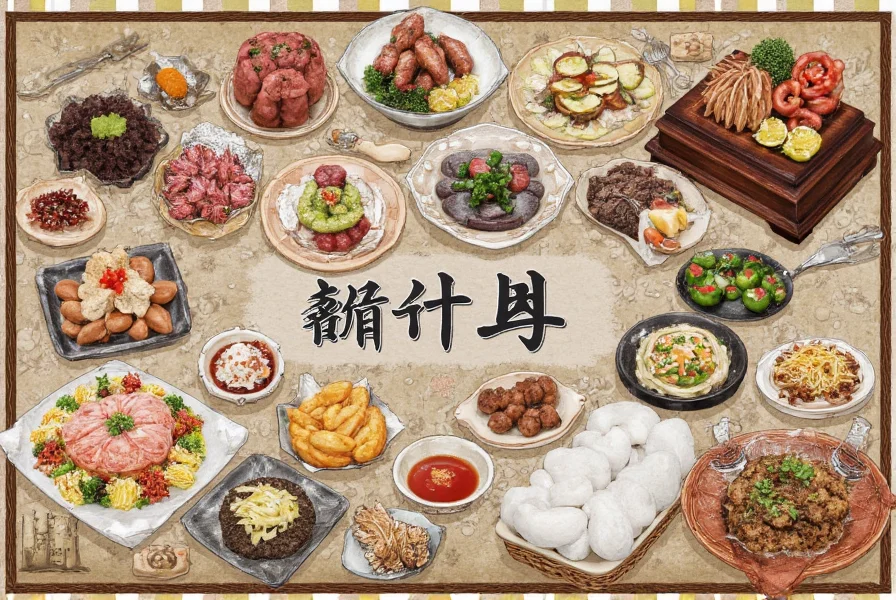Saigon cinnamon is a premium variety of Vietnamese cinnamon, but the terms are often confused. While all Saigon cinnamon comes from Vietnam, not all Vietnamese cinnamon is Saigon. This guide clarifies the critical differences in flavor, composition, and best uses to help you choose the right cinnamon for your kitchen.

Table of Contents
- What is Saigon Cinnamon?
- What is Vietnamese Cinnamon?
- Head-to-Head: Saigon vs Standard Vietnamese Cassia
- Culinary Differences & Use Cases
- Buying Guide: How to Choose the Right Cinnamon
- Conclusion
- Frequently Asked Questions

What is Saigon Cinnamon?
Saigon cinnamon, scientifically known as Cinnamomum loureiroi, is a specific high-quality variety of Vietnamese cinnamon grown primarily in central Vietnam. It's distinguished by its exceptionally high cinnamaldehyde content (up to 25%), which gives it an intense, spicy-sweet aroma and robust flavor profile. This premium variety is prized for its dark reddish-brown color, hard texture, and strong aroma that lingers long after tasting.

What is Vietnamese Cinnamon?
The term "Vietnamese cinnamon" refers broadly to all cinnamon varieties grown in Vietnam, including Saigon cinnamon and lower-grade cassia varieties. However, in commercial contexts, "Vietnamese cinnamon" often specifically means standard Vietnamese cassia (Cinnamomum cassia), which has significantly lower cinnamaldehyde content (1-3%) and a milder, sweeter flavor profile. This distinction is crucial when comparing cinnamon types.

| Feature | Saigon Cinnamon | Standard Vietnamese Cassia |
|---|---|---|
| Botanical Source | Cinnamomum loureiroi | Cinnamomum cassia |
| Cinnamaldehyde Content | 18-25% | 1-3% |
| Flavor Profile | Intense, fiery, spicy-sweet with clove-like notes | Mild, sweet, delicate with subtle earthiness |
| Aroma Intensity | Strong, immediately noticeable | Subtle, gentle |
| Texture | Dense, hard sticks; coarse powder | Softer texture; fine powder |
| Price Point | Premium (higher cost) | More affordable |
| Coumarin Content | Higher (0.4-1.2% in bark) | Lower (0.01-0.1% in bark) |

Culinary Differences & Use Cases
Understanding these differences helps you select the perfect cinnamon for each recipe:
Where Saigon Cinnamon Shines
- Baking: Ideal for cinnamon rolls, snickerdoodles, and holiday cookies where bold flavor is desired
- Spice Blends: Essential for garam masala, pumpkin pie spice, and BBQ rubs
- Hot Beverages: Adds robust warmth to mulled wine, chai, and spiced lattes
- Confectionery: Perfect for chocolate truffles, caramel sauces, and spiced candies
Where Standard Vietnamese Cassia Excels
- Delicate Desserts: Best for custards, rice puddings, and creamy sauces where subtlety is key
- Everyday Cooking: Ideal for oatmeal, toast toppings, and mild teas
- Savory Dishes: Pairs well with rice dishes, pilafs, and slow-cooked stews
- Large-Batch Cooking: Economical choice for bulk recipes where intense flavor isn't required

Buying Guide: How to Choose the Right Cinnamon
Follow these guidelines to ensure you get authentic products:
For Bold Flavor Lovers
- Look For: "Saigon Cinnamon" or "Cinnamomum loureiroi" on labels
- Features: Dark reddish-brown color, hard sticks that resist breaking, strong aroma
- Recommended Brands: Simply Organic, Frontier Co-op, Spicely Organics
- Use Case: When you need intense cinnamon flavor that stands up to baking and cooking
For Everyday Cooking
- Look For: "Vietnamese Cassia" or "Standard Cinnamon" (not "Saigon")
- Features: Lighter brown color, softer texture, subtle aroma
- Recommended Brands: McCormick, Badia, Simply Spices
- Use Case: Regular baking, oatmeal, teas, and dishes where cinnamon shouldn't overpower
Health-Conscious Considerations
- For High Coumarin Concerns: Choose Ceylon cinnamon ("true cinnamon") for daily consumption
- For Occasional Use: Saigon cinnamon is safe in moderation (1/2 tsp daily maximum)
- Storage Tips: Keep in airtight containers away from light; cinnamon sticks last 2-3 years, powder 6-12 months
Authenticity Check
- Smell Test: Genuine Saigon cinnamon releases strong, sweet-spicy aroma within seconds of opening
- Visual Check: Dark reddish-brown color with visible oil when rubbed between fingers
- Label Verification: Look for "Saigon" or "Cinnamomum loureiroi" - avoid vague "Vietnamese" labels
- Price Point: Authentic Saigon costs significantly more than standard cassia (typically $10-15 per 4oz)

Conclusion
The key difference between Saigon and Vietnamese cinnamon lies in botanical variety and quality. Saigon cinnamon (Cinnamomum loureiroi) is a premium variety with intense flavor and high cinnamaldehyde content, while "Vietnamese cinnamon" typically refers to standard cassia (Cinnamomum cassia) with milder characteristics. Understanding this distinction ensures you select the perfect cinnamon for your culinary needs - Saigon for bold, standout flavors and standard Vietnamese cassia for subtle, everyday applications.
Frequently Asked Questions
Is Saigon cinnamon the same as Vietnamese cinnamon?
No. Saigon cinnamon is a specific premium variety of Vietnamese cinnamon (Cinnamomum loureiroi), but "Vietnamese cinnamon" typically refers to standard cassia (Cinnamomum cassia). All Saigon is Vietnamese, but not all Vietnamese cinnamon is Saigon. The terms are often confused in commerce.
Which cinnamon has stronger flavor, Saigon or Vietnamese?
Saigon cinnamon has significantly stronger flavor due to 18-25% cinnamaldehyde content versus standard Vietnamese cassia's 1-3%. This makes Saigon ideal for recipes where cinnamon should be the star flavor, while standard Vietnamese works better for subtle applications.
Can I substitute Vietnamese cinnamon for Saigon in recipes?
Yes, but adjust quantities. For Saigon-to-Vietnamese substitution, use 2-3x more standard cassia. For Vietnamese-to-Saigon substitution, use 1/3 the amount of Saigon to avoid overpowering the dish. Always taste as you go.
Why is Saigon cinnamon more expensive?
Saigon cinnamon commands higher prices due to its premium quality, higher cinnamaldehyde content (18-25% vs 1-3%), and more labor-intensive harvesting process. It's grown in specific regions of central Vietnam and requires careful selection of inner bark.
Which cinnamon is healthier?
Both offer health benefits, but Saigon has higher coumarin (0.4-1.2%) which can be problematic in large quantities. For daily consumption, Ceylon cinnamon ("true cinnamon") has the lowest coumarin (0.004-0.05%). Saigon is safe in moderation (1/2 tsp daily), but those with liver concerns should choose Ceylon.
What makes Saigon special for baking?
Saigon's high cinnamaldehyde content (18-25%) creates heat-stable flavor compounds that withstand baking temperatures. This results in more pronounced cinnamon flavor in finished products compared to standard cassia, which often loses flavor during cooking.
How to identify authentic Saigon cinnamon?
Authentic Saigon cinnamon: 1) Has intense sweet-spicy aroma immediately noticeable, 2) Dark reddish-brown color with visible oil when rubbed, 3) Hard sticks that resist breaking, 4) Labeled "Saigon" or "Cinnamomum loureiroi", 5) Typically costs $10-15 per 4oz. Avoid vague "Vietnamese" labels without specific variety information.












 浙公网安备
33010002000092号
浙公网安备
33010002000092号 浙B2-20120091-4
浙B2-20120091-4